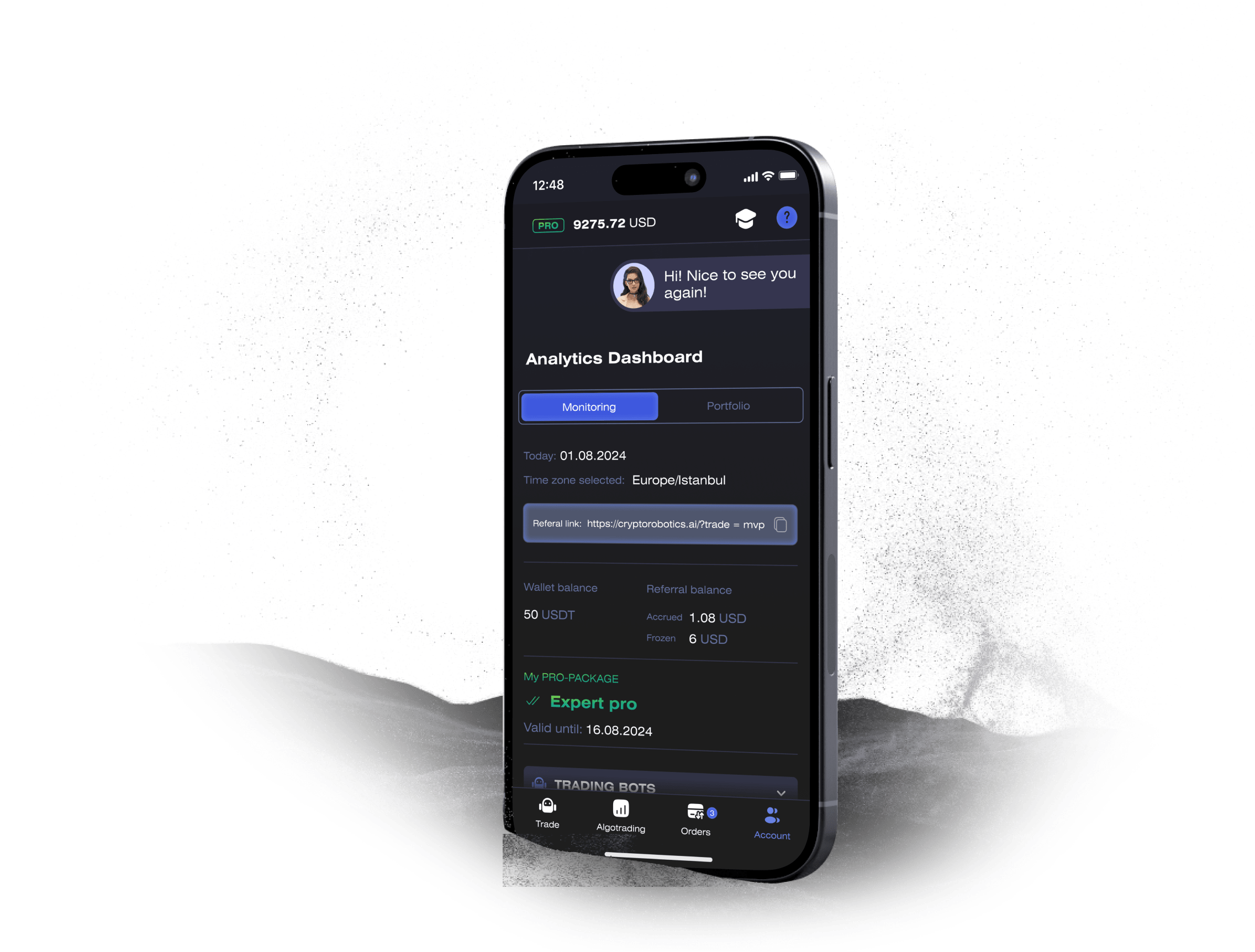Published: December 31, 2024 at 11:15 am
Updated on December 31, 2024 at 11:15 am
We use cookies to help you navigate efficiently and perform certain functions. You will find detailed information about all cookies under each consent category below.
The cookies that are categorized as "Necessary" are stored on your browser as they are essential for enabling the basic functionalities of the site. ...
Necessary cookies are required to enable the basic features of this site, such as providing secure log-in or adjusting your consent preferences. These cookies do not store any personally identifiable data.
Functional cookies help perform certain functionalities like sharing the content of the website on social media platforms, collecting feedback, and other third-party features.
Analytical cookies are used to understand how visitors interact with the website. These cookies help provide information on metrics such as the number of visitors, bounce rate, traffic source, etc.
Performance cookies are used to understand and analyze the key performance indexes of the website which helps in delivering a better user experience for the visitors.
Advertisement cookies are used to provide visitors with customized advertisements based on the pages you visited previously and to analyze the effectiveness of the ad campaigns.


In my experience with the crypto market, making sure your trading bot runs smoothly is essential. There is no one-size-fits-all approach, but I’ve found that testing and optimizing your bot is key to getting the most out of your investment.
Testing your trading bot is fundamental. It helps you check if your strategy is good enough and how it performs. Also, it enables you to spot problems or bugs that could lead to losses. In my opinion, every trader should have a reliable way to test trading bot performance.
To make it easier, I would say there are two main types of testing you can do on your trading bot: backtesting and paper trading. Backtesting is about running your bot against historical data. Paper trading, on the other hand, is a simulated trading environment where your bot uses real-time data. I have to admit, both methods have their pros and cons.
One more thing to keep in mind. You have to make sure the data is good quality. I can’t stress this enough; bad data leads to bad results. Also, don’t forget to have proper risk management. You need to manage your risk to minimize potential losses. Finally, continuous monitoring is key; you have to be ready to adjust the strategy as needed.
If you’re into more complex strategies, you might want to consider using machine learning models or technical indicators. They can help analyze market data, but they are also challenging to implement. I have to say they require a bit of technical know-how, and that’s not always easy to find.
By following these guidelines, you can test your trading bot and find ways to improve its performance. Remember, it’s not just about coding the bot or running it; it’s about understanding how to make it work in the ever-changing crypto landscape.
Access the full functionality of CryptoRobotics by downloading the trading app. This app allows you to manage and adjust your best directly from your smartphone or tablet.

News
See more